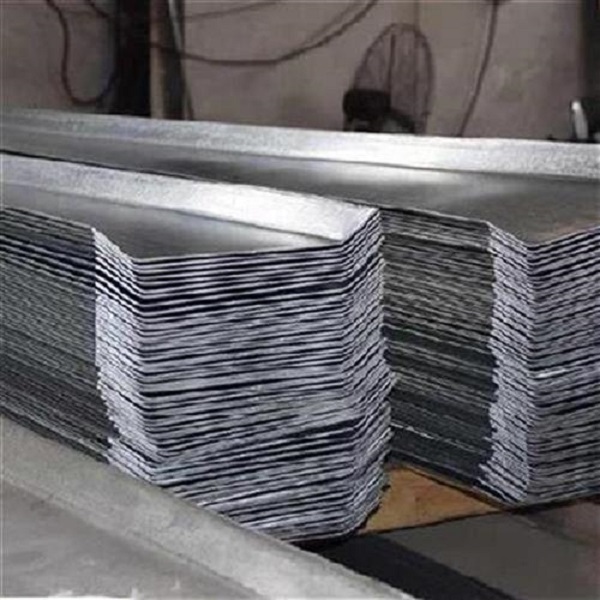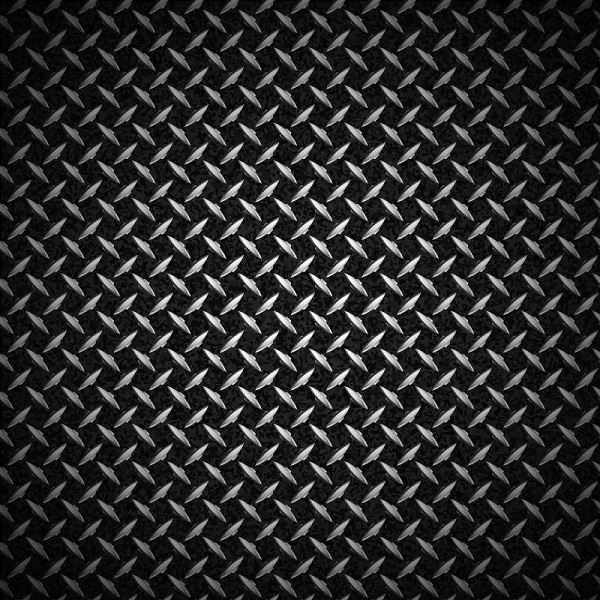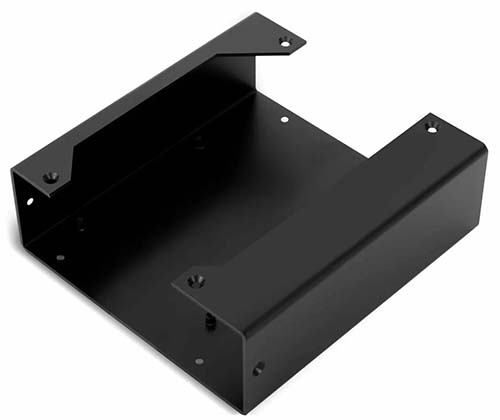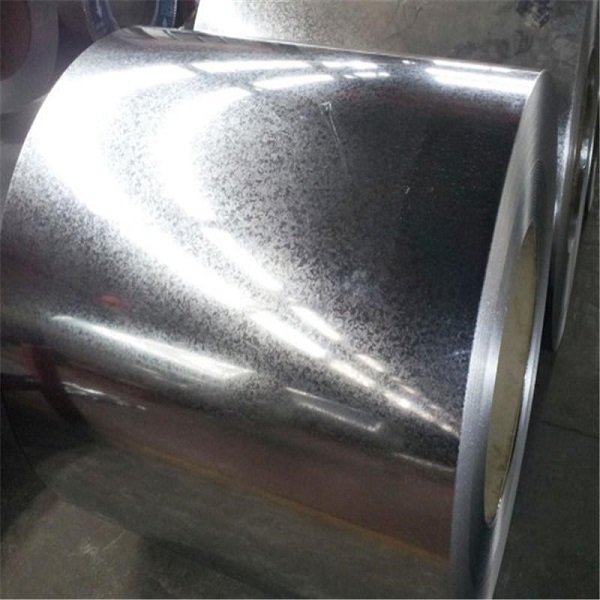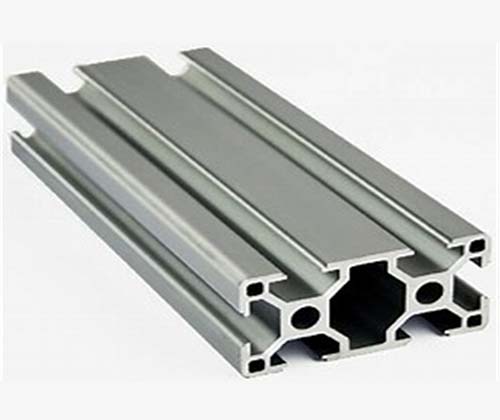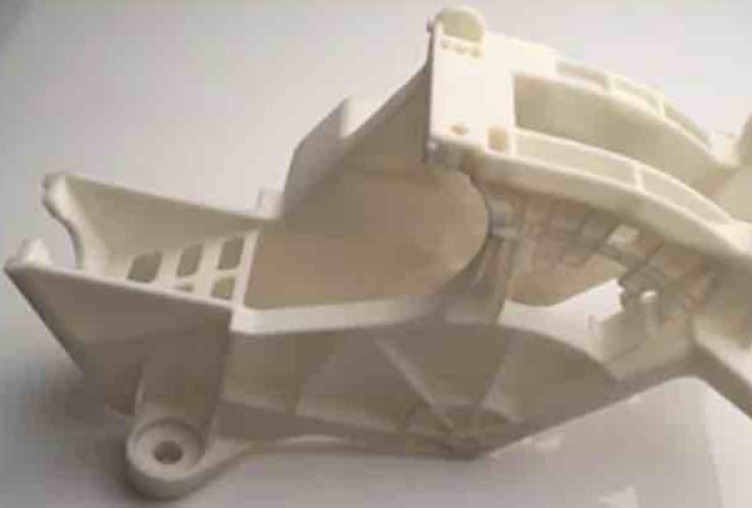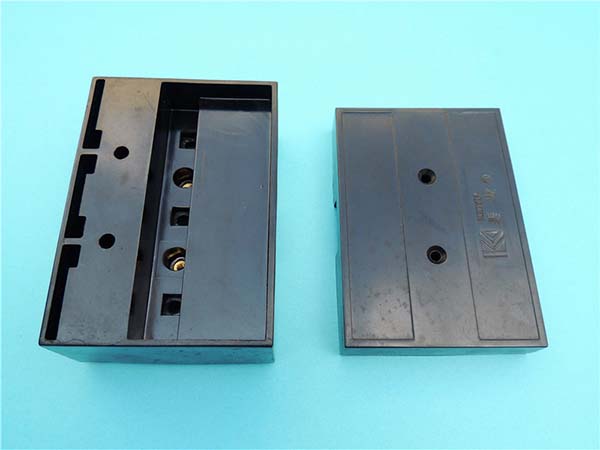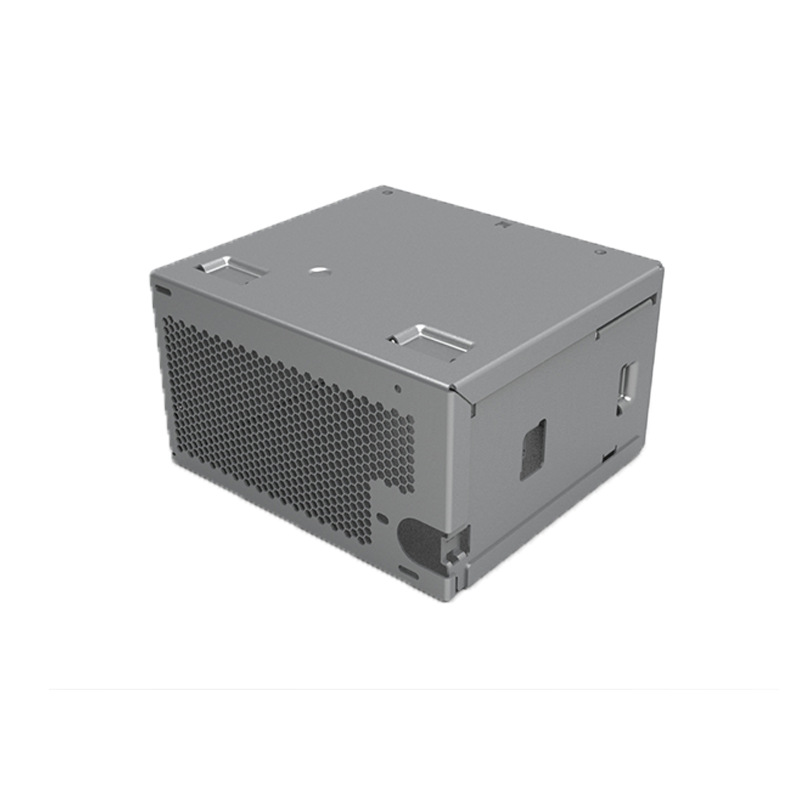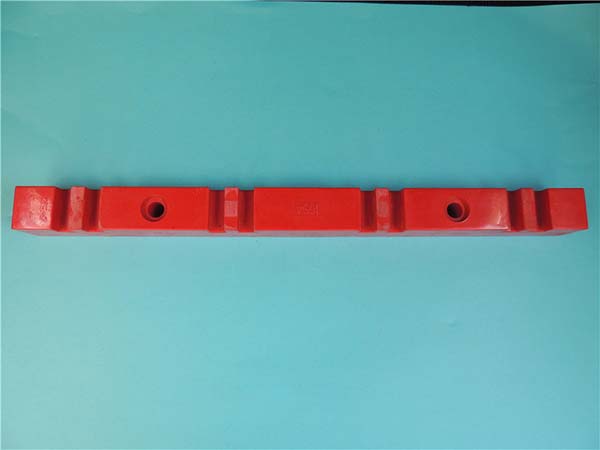What is Sheet Metal 3D?
Definition and Basics
Sheet metal 3D, in simple terms, refers to the three - dimensional manipulation and fabrication of sheet metal. Sheet metal is metal that has been formed into thin, flat pieces through industrial processes. It serves as a fundamental form in metalworking and can be found in countless everyday objects, from car bodies to household appliances.
The "3D" aspect of sheet metal 3D involves taking these flat metal sheets and transforming them into three - dimensional shapes. This can be achieved through various methods such as bending, stamping, and forming. For example, a flat sheet of steel can be bent at precise angles to create the frame of a piece of furniture or stamped to form the intricate shape of a car door panel.
Key Principles
The key principles underlying sheet metal 3D are based on the physical properties of metals and the mechanics of material deformation. Metals have properties like malleability and ductility. Malleability allows the metal to be hammered or pressed into different shapes without breaking, while ductility enables it to be drawn out into wires or thinned during the forming process.
When it comes to bending sheet metal in 3D, factors such as the bend radius, the thickness of the sheet, and the type of metal all play crucial roles. For instance, a thinner sheet metal can be bent with a smaller bend radius compared to a thicker one. Different metals also have different yield strengths. Steel, for example, has a high yield strength, which means it can withstand significant stress during the forming process without permanent deformation until the stress exceeds its yield point.
In stamping processes, a die is used to shape the sheet metal. The force applied by the die must be carefully calculated based on the size and complexity of the desired shape, as well as the properties of the sheet metal. If the force is too low, the metal may not take the desired shape completely, while if it's too high, the metal may crack or tear. These principles ensure that the final 3D - formed sheet metal products meet the required quality and dimensional accuracy standards.
Applications of Sheet Metal 3D
Sheet metal 3D technology has found its way into a wide range of industries, revolutionizing the manufacturing process and product design.
In the Automotive Industry
In the automotive industry, sheet metal 3D plays a pivotal role. Car body manufacturing is a prime example. The outer shells of cars, including doors, hoods, and fenders, are often made from sheet metal that has been formed into complex 3D shapes. For instance, the sleek and aerodynamic curves of a sports car's body are achieved through precise sheet metal 3D forming processes. Stamping is a commonly used method in this regard. High - pressure stamping machines can shape large sheets of metal into the exact contours required for car body parts. According to industry data, over 70% of a typical car's body surface is composed of sheet metal parts formed in 3D. These parts not only contribute to the vehicle's aesthetics but also to its structural integrity and safety. Crash - test simulations have shown that well - designed 3D - formed sheet metal components can effectively absorb and disperse impact energy during collisions, protecting the vehicle occupants.
In the Aerospace Field
The aerospace field also benefits greatly from sheet metal 3D. Aircraft components, such as wing skins, fuselage panels, and engine parts, are made using this technology. The need for lightweight yet strong materials in aerospace applications makes sheet metal 3D an ideal choice. For example, titanium sheet metal is often used to create aircraft components due to its high strength - to - weight ratio. Through 3D forming, complex shapes can be achieved to optimize the aerodynamics of the aircraft. In addition, 3D - printed sheet metal parts can have internal structures designed for specific functions, such as improved fuel efficiency or enhanced heat resistance. The use of sheet metal 3D in aerospace has reduced the weight of aircraft by up to 20% in some cases, leading to significant fuel savings and increased flight range.
Other Industries
Sheet metal 3D is also widely used in other industries. In the electronics industry, it is used to make enclosures for electronic devices. The precision of 3D sheet metal forming allows for the creation of sleek and compact enclosures that protect the internal components while providing an aesthetically pleasing design. For example, the outer casings of high - end smartphones and laptops are often made from aluminum sheet metal that has been 3D - formed.
In the construction industry, sheet metal 3D is used for architectural elements. Complex facade designs and decorative features can be achieved using 3D - formed sheet metal. It can also be used to create structural components such as roof trusses and wall frames. These components can be pre - fabricated off - site using sheet metal 3D technology, reducing construction time and costs on - site.
Yigu Technology's View
As a non - standard plastic metal products custom Supplier, Yigu Technology has in - depth insights into sheet metal 3D technology. With years of experience in the field, we have witnessed the remarkable evolution of sheet metal 3D and its growing applications across multiple industries.
We understand the importance of precision in sheet metal 3D fabrication. Our state - of - the - art facilities, including advanced 3D laser cutting machines and high - speed stamping equipment, enable us to achieve tight tolerances and high - quality finishes. For example, in our automotive projects, we can ensure that the sheet metal parts we produce for car bodies have a dimensional accuracy of within ±0.1mm, which is crucial for seamless assembly and overall vehicle performance.
Moreover, we are well - versed in working with a wide range of sheet metal materials, such as stainless steel, aluminum, and carbon steel. Each material has its unique properties, and we can leverage these properties to optimize the design and functionality of the final products. Whether it's the corrosion - resistance of stainless steel for electronics enclosures or the high strength - to - weight ratio of aluminum for aerospace components, we can provide tailored solutions.
In addition, Yigu Technology emphasizes the importance of innovation in sheet metal 3D. We are constantly exploring new techniques and processes to improve efficiency, reduce costs, and enhance product quality. This allows us to stay ahead in the highly competitive manufacturing industry and provide our customers with the best possible solutions for their sheet metal 3D needs.
FAQs about Sheet Metal 3D
What are the typical materials used in sheet metal 3D?
Common materials for sheet metal 3D include stainless steel, which offers excellent corrosion resistance and is often used in applications where durability in harsh environments is required, such as in the food and medical industries. Aluminum is another popular choice due to its low density, high strength - to - weight ratio, and good thermal conductivity. It is widely used in the aerospace and automotive industries to reduce weight while maintaining structural integrity. Carbon steel is also frequently used, especially in applications where cost - effectiveness is a key factor, such as in general industrial equipment and construction components.
How to ensure the quality of sheet metal 3D products?
To ensure the quality of sheet metal 3D products, several steps can be taken. First, strict material inspection should be carried out before production to guarantee that the sheet metal meets the required standards in terms of composition, thickness, and mechanical properties. Second, precision control in the manufacturing process is crucial. This includes accurate programming of bending and stamping machines to ensure the correct angles and shapes are achieved. Third, regular quality checks during production using tools like calipers, gauges, and 3D scanners can help detect any dimensional deviations early. Finally, post - production inspection such as surface finish inspection and non - destructive testing (e.g., ultrasonic testing for internal defects) can further ensure the overall quality of the products.
Is sheet metal 3D suitable for small - batch production?
Yes, sheet metal 3D is suitable for small - batch production. Although large - scale mass production can achieve cost - effectiveness through economies of scale, sheet metal 3D has its advantages for small - batch production. It offers high flexibility in design. With the help of computer - aided design (CAD) and computer - aided manufacturing (CAM) technologies, different 3D shapes can be quickly designed and produced without the need for extensive tooling changes as in traditional large - scale production. This allows for the production of customized parts in small quantities, meeting the specific needs of different customers. Additionally, the setup time for small - batch sheet metal 3D production is relatively short, making it a viable option for projects that require a limited number of parts.
